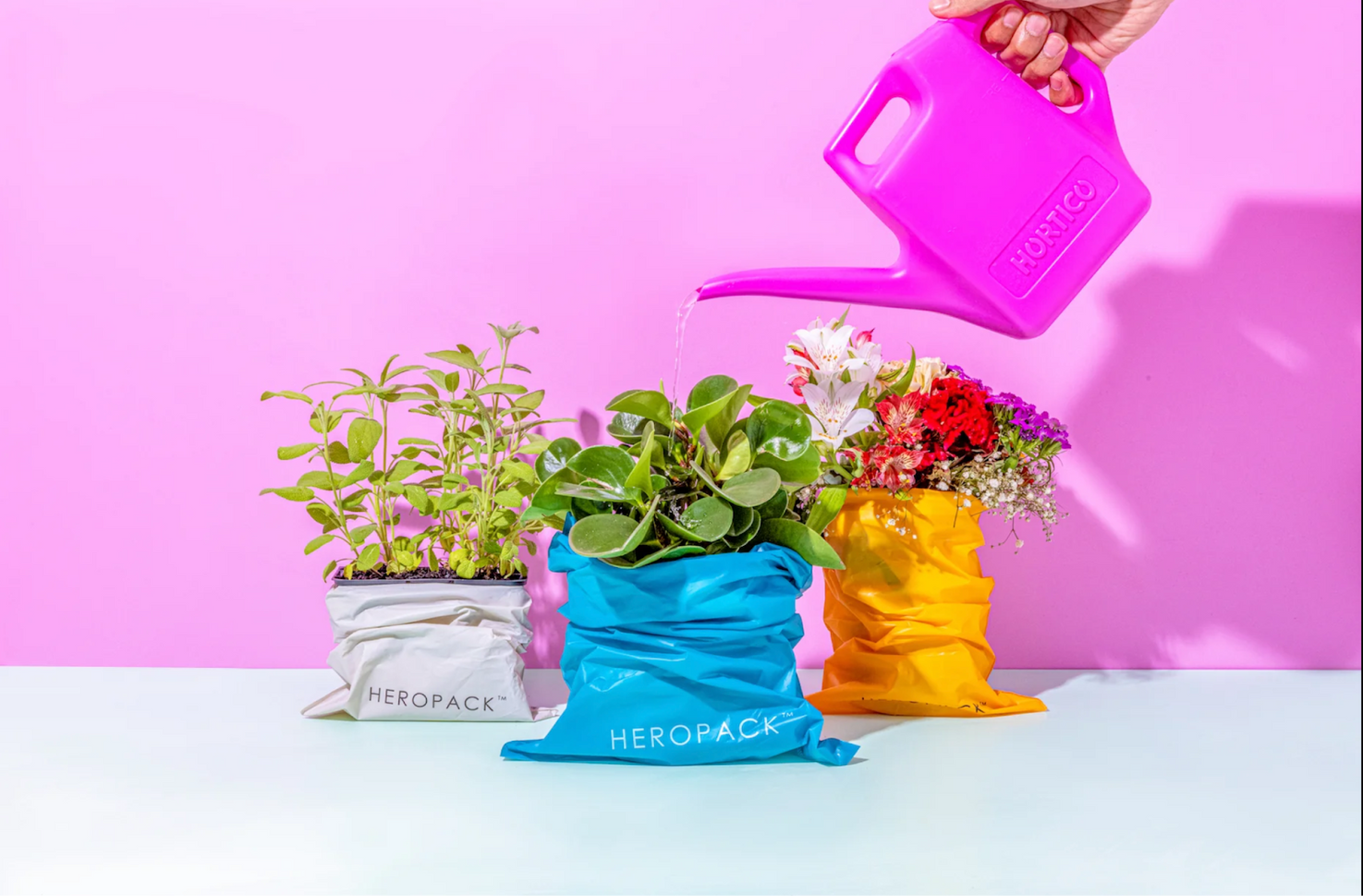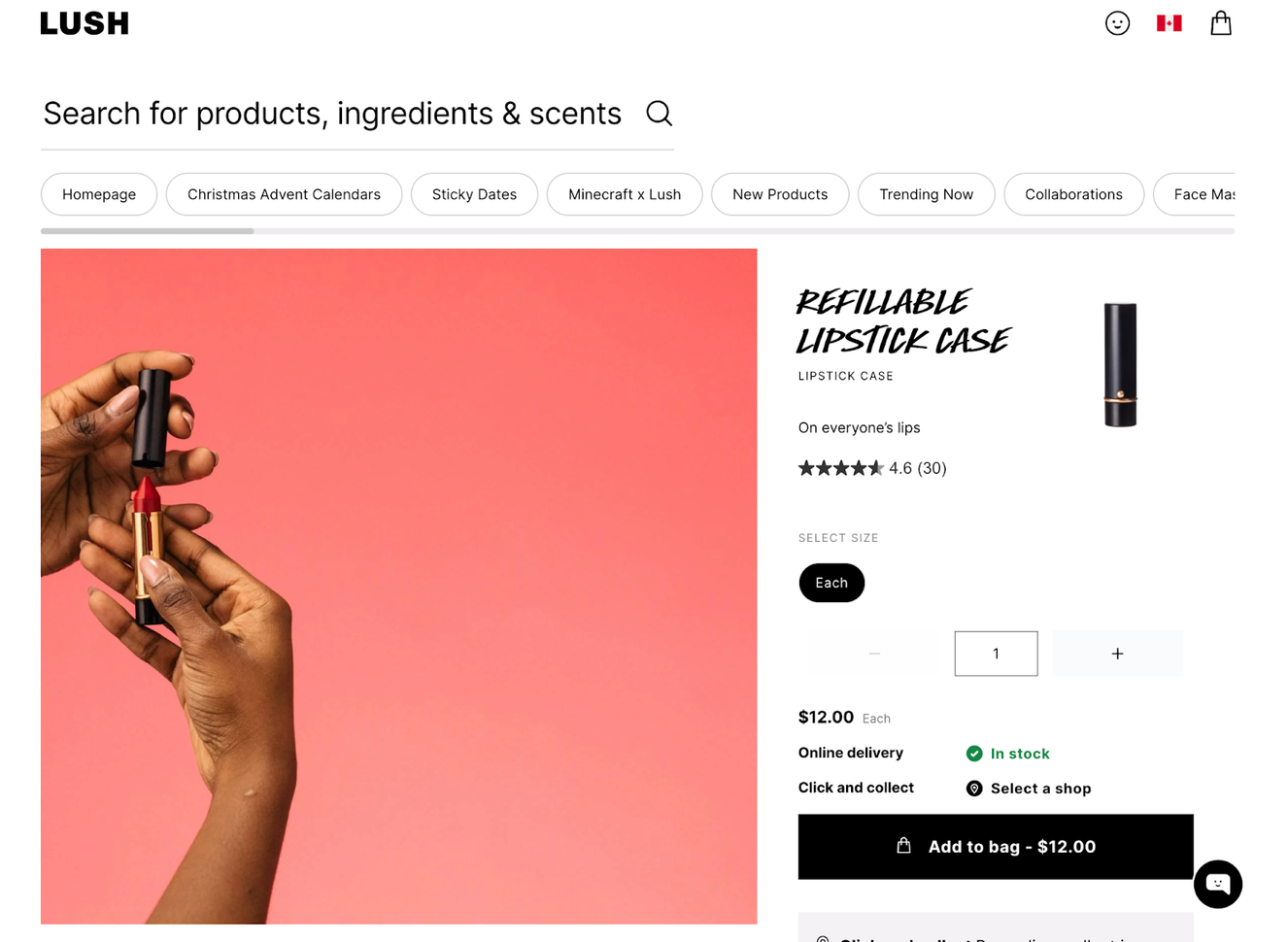Our view at Stack - Shopify has just about everything you need if you're looking to sell online. It excels with unlimited products, user-friendly setup, and 24/7 support. It offers 6,000+ app integrations, abandoned cart recovery, and shipping discounts up to 88%. Plus, it allows selling both online and in-person, scaling as your business grows.
In the Pacific Ocean, there’s a floating heap of garbage twice the size of Texas called the Great Pacific Garbage Patch. It sounds like a solid island you can stand on, but that’s not quite right. Instead, pieces of plastic smaller than your fingernails float throughout the water column to form a sort of garbage soup. Most of these pieces are microplastics—tiny, broken-down debris left by bags, bottles, straws, caps, and other plastic goods.
Plastic is relatively cheap and durable, which explains why it’s everywhere in our supply chain—from utensils to shock absorption devices that protect electronics during shipping. While there are benefits to using plastic, there are major cons, too. Plastic is not biodegradable and has a long life cycle, meaning it won’t break down for a very long time.
Plastic is just the tip of the iceberg. Plenty of packaging types have destructive effects on the environment. Luckily, your company can make a huge difference.
Many companies have made great strides in introducing sustainable packaging to reduce waste. These packaging innovations go far beyond cardboard shipping materials and paper straws. They include all types of fascinating new approaches and materials to help curtail plastic waste—and hopefully make the world a livable place for future generations.
12 real-world sustainable packaging innovations
Here are a dozen examples of brands innovating in the sustainable packaging sphere:
Hero Packaging

Hero Packaging is a company dedicated to compostable packaging materials. It all started when its co-founders, couple Anaita Sakar and Vik Davé, came home from work one day to find their children playing with plastic materials left over from their business operations.
“It made me feel sick,” Anaita says on an episode of Shopify Masters. “I knew we had to do something differently.”
They started experimenting with materials from the compost bin in their own backyard and kept tinkering until they innovated compostable mailers made from 30% plant-based materials and 70% PBAT (a synthetic bonding agent and certified compostable material). Customers who receive the bags can simply cut them up and dump them in their compost bins or take them to their nearest composting facility.
Patagonia
The outdoor apparel and equipment company Patagonia is known for its sustainable practices. From its dedication to using organic fabrics and recycled nylon to its donations to environment-based organizations, the company has made substantial efforts to reduce environmental impact.
That dedication extends to the sustainable packaging space. Patagonia’s approach to sustainability is innovative in its holistic approach to reducing waste. The company is not just phasing out plastic packaging; it’s using recycled material and reducing unnecessary packaging in the first place. The brand uses soy-based and algae-based inks to label packaging materials and has a recycling program so customers can bring old clothing and gear to any Patagonia store to keep it from entering landfills.
Dell
The computer and electronics company Dell has made a shift to plant-based packaging. If you’ve purchased large electronics like a desktop computer, you’re likely familiar with the sound of styrofoam sliding out of a big cardboard box. These packaging materials are petroleum-based, and while they play a vital role in keeping sensitive products snug in their boxes during transport, they also have a serious environmental impact.
Now Dell uses a mushroom-based padding created by placing agricultural waste and mycelium in a product mold and letting the mushroom grow until it fills up the mold. Then, the company uses the material the same way it would use foam, but with the knowledge that the mushroom padding will completely biodegrade instead of lingering in a landfill.
Lush

The cosmetic and toiletry company Lush has been cutting down on plastic andadditional packaging in general. The company’s innovative approach offers shampoo as a bar instead of a liquid in a container, eliminating the need for plastic bottles. When Lush does use packaging, the company uses thinner plastics or tries to avoid the material entirely with wood and cork options.
McDonald’s
Innovation isn’t always about inventing a new product. Shifting expectations and refocusing consumer demand toward a new way of doing things fits the bill, too.
Single-use plastic straws are a famously wasteful product, and McDonald’s has been testing a new cup design that eliminates the need for a straw at all. Just like a common to-go coffee cup, the strawless lid is still made of plastic, but it’s easily sippable and closable for travel.
Carlsberg
Plastic six-pack rings have long been a symbol of wasteful packaging’s harmful effects on wildlife. It’s no secret that all types of animals from birds to marine life struggle with the plastic six-pack ring holders, often getting tangled up or trapped in the rings.
Though some companies have moved to cardboard holders or plastic claps with fewer places for animals to get stuck, the Danish beer company Carlsberg has innovated a fascinating way of packaging six-packs: gluing them together. The company’s special type of glue doesn’t prevent consumers from recycling the can and allows the user to easily peel a can from a six-pack. It’s recyclable packaging, no plastic necessary.
Pangea Organics
Pangea Organics is a soap company innovating new ways to package soap with fully recycled raw material, including biodegradable inks.
These simple paper soap packages are not only fully compostable; they’re also layered with seeds so that the customer can soak the box in water, bury the packaging in their yard, and watch plants grow. This kind of plantable packaging not only encourages consumersto skip the landfill but also boosts consumer engagement, one of the more inspiring trends in getting people to reduce waste.
The Earthling Co.

If you scroll through the homepage of The Earthling Co., a personal care company that offers cosmetics, soaps, and toiletries, you’ll notice the lack of plastic in the product pictures. By offering shampoo in bars and sustainable options like plastic-free containers made of glass, aluminum, and cardboard, The Earthling Co. shows its target audience that it’s serious about reusable and recyclable materials.
Reformation
The fashion retailer Reformation uses recycled LDPE bags with a biodegradable polymer (BDP) for its packaging materials, so all of its packaging is either recyclable or compostable.
Tim Hortons
The beloved Canadian fast-food chain Tim Hortons started replacing its plastic coffee lids and cutlery with wood and plant-based options in 2023. The switch reportedly helped eliminate an estimated 90 million single-use plastics a year. Complying with Canada’s ban on the importation of single-use plastics, Tim Hortons also encourages customers to try out its reusable mugs by offering a 10% discount.
Kjaer Weis
Like many other industries, the cosmetics sector creates a lot of single-use packaging waste. But one company that’s pushing sustainable packaging innovation is cosmetic brand Kjaer Weis. It began offering refillable cartridges of many cosmetics. So, instead of throwing the whole tube away when you’ve finished your lipstick, you can just refill and reuse the same one.
Notpla
The packaging company Notpla has been reinventing material technology in the packaging sector and offering alternatives to non-biodegradable materials. Many paper-based packages like fast food to-go boxes include a coating to prevent the package from absorbing moisture and breaking down. However, these coatings are often non-biodegradable.
Notpla has pioneered new designs using seaweed to create coatings, films, and bags that function just like plastic, but are fully biodegradable and even edible.
Packaging innovation FAQ
What is innovation in packaging?
Packaging innovation is any new approach to how we package and transport consumer goods. Whether that’s replacing plastics with sustainable plant-based alternatives, using more renewable energy to manufacture packing materials, or coming up with ways to encourage reuse, there is no single way to innovate.
What is the new trend in the packaging industry?
There are a lot of exciting trends happening in the packaging industry. Instead of focusing solely on recyclability, many brands are experimenting with plastic alternatives like wood, mushroom-based foam, and seaweed-based coatings, and simply eliminating as much unnecessary packaging as possible. One of the latest trends is closed-loop product packaging where companies reuse materials over and over so that they don’t need to use new raw materials.
What is sustainable packaging?
There’s no single definition for sustainable packaging, but there is a growing community around fixing the problems of wasteful packaging in our consumer economy. The Sustainable Packaging Coalition (SPC) is a member-based organization aiming to curtail waste in the broader international packaging industry. At the Sustainable Packaging Coalition’sSPC impact conference, members explored new ways of packaging items, looking at ideas of reusable packaging, chemical recycling, bio-plastics, digital labeling, and simply thinking about the entire life-cycle of packaging and where it ultimately ends up.
If Shopify is of interest and you'd like more information, please do make contact or take a look in more detail here.
Credit: Original article published here.
